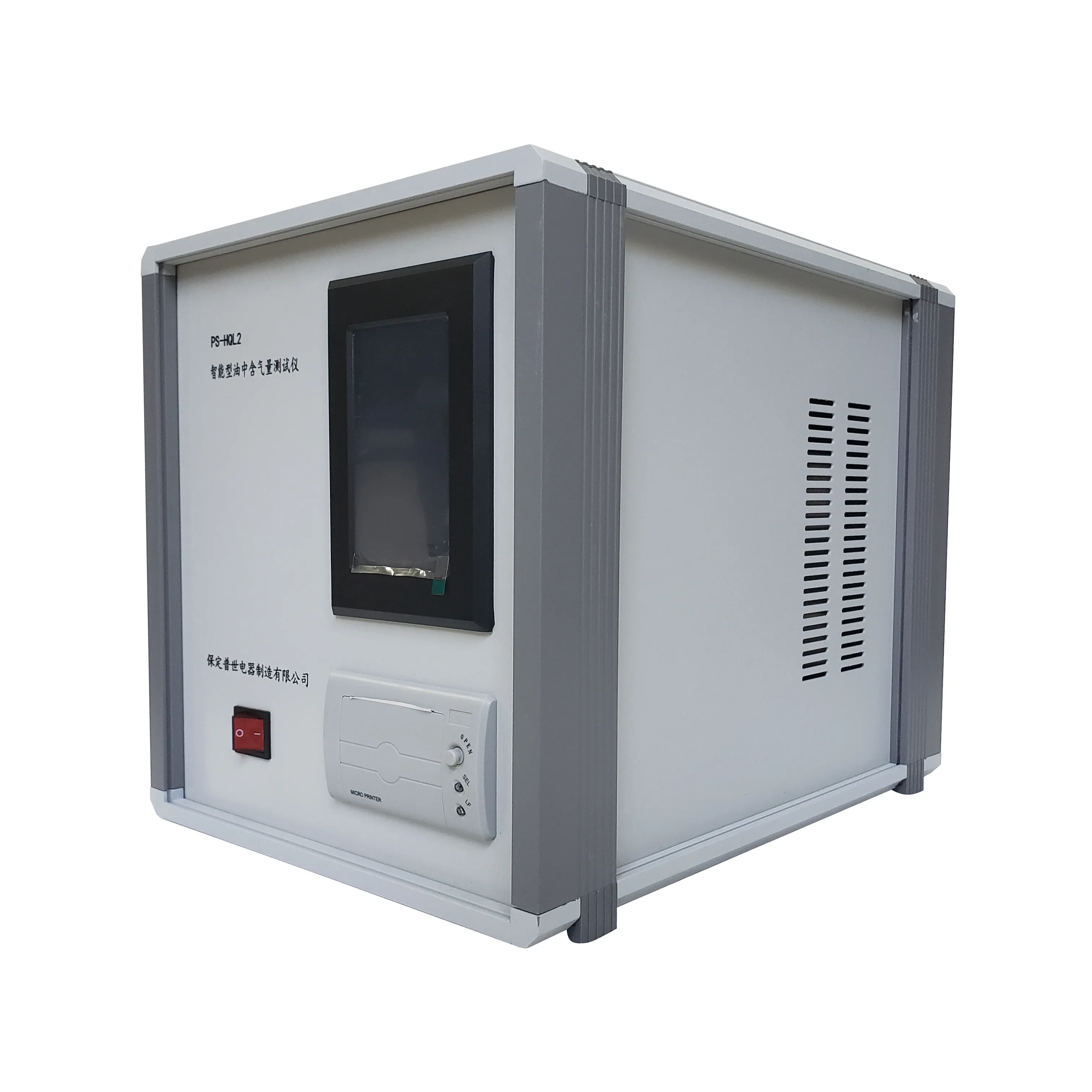 English
English


hipot tester working
Understanding the Working Principle of a Hipot Tester
In the realm of electrical testing and safety, the Hipot tester, short for High Potential tester, plays a crucial role. This device is primarily utilized to ensure that electrical insulation is adequate and to prevent electric shocks or equipment failures. Understanding the working principle of a Hipot tester not only sheds light on its functionality but also underscores the importance of safety in electrical systems.
What is a Hipot Tester?
A Hipot tester is an electrical testing device that applies a high voltage to electrical insulation systems. This test checks the integrity of the insulation and ensures that it can withstand the operating voltage without breaking down. The Hipot test is vital for various electrical devices, from small appliances to complex industrial machinery, because it helps to identify potential electrical failures before they can cause harm.
How Does a Hipot Tester Work?
The working principle of a Hipot tester is relatively straightforward, yet it is based on several key components and processes
. Here’s a breakdown of how it functions1. Power Source The Hipot tester is usually connected to a power source capable of generating high voltages, often ranging from 500 volts to several kilovolts, depending on the device being tested.
2. Voltage Adjustment The tester is equipped with a control mechanism that allows the operator to set a specific voltage for the test. This voltage is typically higher than the normal operating voltage of the equipment under test. This is done to stress the insulation and identify weak points that might not be apparent at normal working voltage.
3. Test Connection The Hipot tester has test leads that connect to the device or circuit being evaluated. Usually, one lead is attached to the ground (earth), while the other is connected to the electrical part that will be tested, such as wires, connectors, and other components.
4. Application of High Voltage Once the connections are made and the voltage is set, the Hipot tester applies the high voltage to the insulation. This process is often monitored for a pre-determined duration, which could range from a few seconds to several minutes.
hipot tester working

5. Leakage Current Measurement During the test, the device measures the leakage current that flows through the insulation. A small amount of leakage current is often acceptable; however, excessive leakage indicates a failure in the insulation. This is often measured in microamperes (µA) and is critical for assessing electrical safety.
6. Fail/Pass Diagnostics After the test duration, the results are analyzed. If the leakage current is within acceptable limits, the device passes the test, indicating that its insulation is sufficient to prevent electric shocks. If the current exceeds the threshold, it fails, signaling that repairs or redesigns are necessary to ensure safety.
Safety Precautions
When using a Hipot tester, safety is paramount. The high voltages involved present significant risks to both the operator and the equipment. Here are some essential safety precautions to consider
- Personal Protective Equipment (PPE) Operators should wear appropriate PPE, including insulated gloves and safety goggles, to protect against accidental shocks. - Proper Equipment Setup Ensure that the tester is set up correctly, with all connections secure and insulated.
- Equipment Isolation The device under test should be completely isolated from the power source to prevent accidental activation during testing.
- Training Only trained personnel should operate a Hipot tester, as they must understand both the risks associated with high voltage testing and the operation of the device.
Conclusion
The Hipot tester is an indispensable tool in electrical safety testing, providing a reliable means to ensure that electrical devices can operate safely under expected conditions. By applying high voltage and measuring leakage current, this device identifies potential insulation failures, thus preventing future hazards. Understanding its working principle not only highlights the technology behind the device but also reinforces the critical nature of safety in electrical engineering. As industries continue to evolve with newer technologies, the role of Hipot testers will remain vital in safeguarding personnel and equipment alike.
-
Differences between open cup flash point tester and closed cup flash point testerNewsOct.31,2024
-
The Reliable Load Tap ChangerNewsOct.23,2024
-
The Essential Guide to Hipot TestersNewsOct.23,2024
-
The Digital Insulation TesterNewsOct.23,2024
-
The Best Earth Loop Impedance Tester for SaleNewsOct.23,2024
-
Tan Delta Tester--The Essential Tool for Electrical Insulation TestingNewsOct.23,2024





